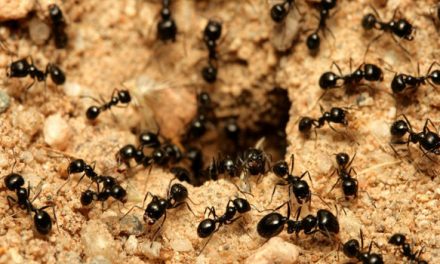Contact with pets can help in physical, educational or motivational aspects
Maria Àngels Calvo, full academician of the Royal European Academy of Doctors-Barcelona 1914 (RAED) and president of its Section of Health Sciences, opened the 2017-2018 course of the Classrooms for the Elderly of the University of Barcelona with the conference masterly “Terapias asistenciales con animales” (Assisted therapies with animals), where she explained how these therapies are carried out and what purposes are pursued by these types of interventions of a sanitary nature.
Calvo explained that these therapies manage to improve the quality of life of people with special needs, taking advantage of the intrinsic values of the animal to facilitate the work of the therapist and are a good complement to traditional therapies. They are always directed by a health professional, who sets the specific objectives of the treatment. The objectives of assisted therapies with animals are related to physical aspects (mobility, balance, and so on), mental health (anxiety, self-esteem, loneliness, etc.), educational aspects (vocabulary, colors, and others) or motivational aspects.
 Among the different therapies carried out with animals, the academician highlighted those aimed at older people, which have a special impact on the improvement of self-esteem and mood, on an increase in interest, on the reduction of stress, on the reduction of blood pressure, on the stimulation of the mind, on the activation of memory, on the promotion of physical activity, on social stimulation, on the promotion of good humor, on the reduction of the medication and on an increase in the feeling of responsibility. Likewise, Calvo reviewed the therapies for children with mobility problems, people with Down syndrome or autistic people.
Among the different therapies carried out with animals, the academician highlighted those aimed at older people, which have a special impact on the improvement of self-esteem and mood, on an increase in interest, on the reduction of stress, on the reduction of blood pressure, on the stimulation of the mind, on the activation of memory, on the promotion of physical activity, on social stimulation, on the promotion of good humor, on the reduction of the medication and on an increase in the feeling of responsibility. Likewise, Calvo reviewed the therapies for children with mobility problems, people with Down syndrome or autistic people.
Regarding the appropriate animals to help in this type of therapies, the academician highlighted the predominant role of dogs and cats, although she also pointed out the potential of horses and equidae in general, as well as dolphins, seals, sea lions and farm animals. “To select a therapy animal, it must meet the following criteria: be a reliable animal, whose responses can be anticipated; that is, an animal capable of controlling the situation and, above all, that is suitable for each person undergoing treatment and with an ability to inspire confidence”, she said.




